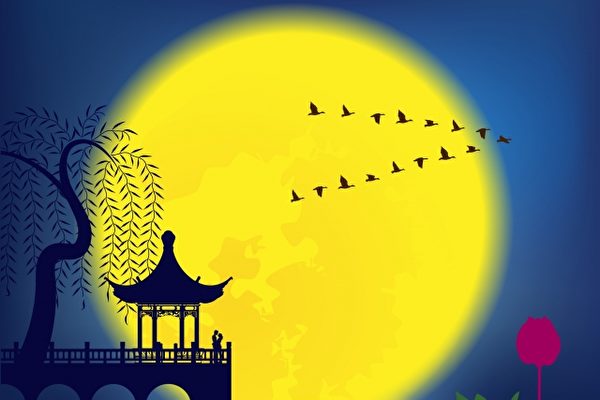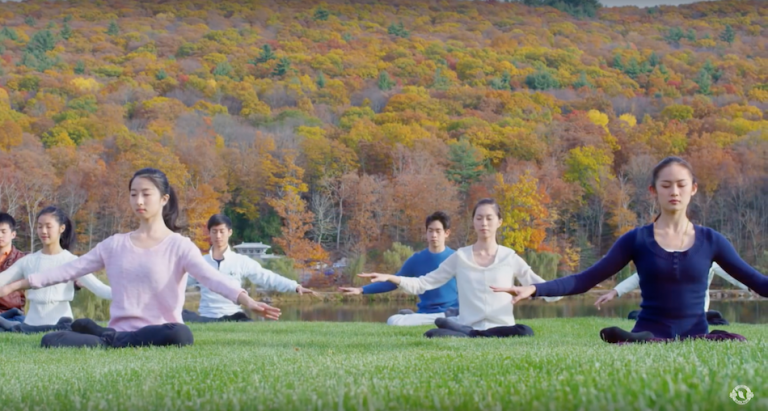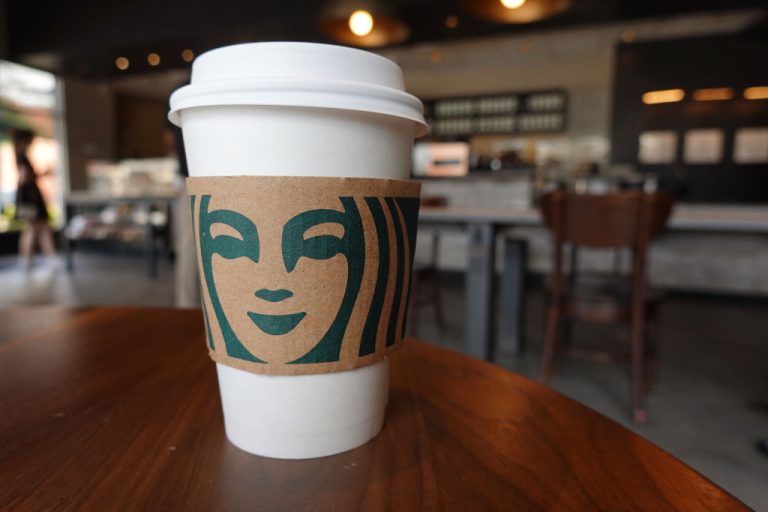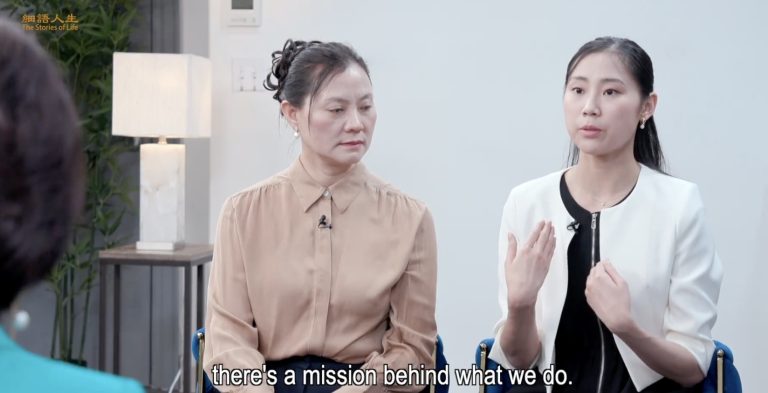A story from the Chinese Mid-Autumn Festival
Wednesday, Sept. 21, marks this year’s Moon festival, also known as the Mid-Autumn Festival. It’s one of the largest holidays in China and in the surrounding countries. Why do people celebrate this day? And where did it get its name from? Let’s dig deep into the history and origin of this festivity.
The origin of the Mid-Autumn Festival goes back to the Zhou Dynasty, some 3,000 years ago. The kings of the Zhou Dynasty called themselves tian zi (天子), or “Son of Heaven.” They believed the heavens bestowed the mandate of governance on whomever was most fit to rule. Therefore, every king dared not to behave without virtue, and during special days of the year, or whenever anything bad happened, they would try to find fault within themselves and worship the heavens for an answer. The Book of Rites recorded that the king would worship the sun on the March equinox and worship the Moon on the September equinox.
The annual grand worshipping ceremonies made an impact among commoners. People also started worshipping the moon on or around this day. Eventually, people shifted the date from the September equinox to the 15th day of the 8th month on the Chinese lunar calendar. Since the lunar calendar is based upon the moon’s phases, the 15th day of the month will always be a full moon.
Success
You are now signed up for our newsletter
Success
Check your email to complete sign up
By the early Tang Dynasty, it had developed into an official holiday. The celebration grew bigger and bigger with each dynasty. And now it’s one of the most celebrated holidays across Asian countries. Chinese people call this holiday Zhong Qiu Jie (中秋節), which translates to Mid-Autumn Festival.
Ancient Chinese people considered the 7th, 8th, and 9th months on the lunar calendar to be the autumn season. The 15th day of the 8th month is right in the middle of the season. And that’s why it’s called “Mid-Autumn Festival.” The “Moon Festival” is just a nickname since this festival is deeply related to the moon.
‘Garments of Rainbows and Feathers’
You might have heard of the story of Chang’e, who flew to the Moon Palace after drinking magical elixir and became the Goddess of the Moon. But today we’re going to talk about another famous story that was recorded in multiple ancient texts from the Tang Dynasty. It’s about Emperor Xuanzong of Tang and his magical experience on the moon.
It was said that on the night of the Mid-Autumn Festival during his early reign, Emperor Xuanzong was invited to visit the moon by his Daoist friend. The Daoist used his supernormal ability and built a large silver bridge that went directly to the moon. The two of them walked a long way and finally reached the Moon Palace.
The emperor saw hundreds of divine deities dancing in the palace. The accompanying music was out of this world—literally—and the dance was elegant beyond description. The emperor asked, “what song is that?” and the answer was “ni shang yu yi qu” which translates to “garments of rainbows and feathers.”
After the emperor came back from the moon, he recalled what he heard from memory and composed a song with the same title. Many poets praised how heavenly the melody was. Unfortunately, this music has been lost.
Mid-Autumn traditions
The most important activity during the Mid-Autumn Festival was, of course, worshipping the moon. Chinese people also loved admiring the moon. There were so many poems written about the moon. The most famous one is Quiet Night Thought (靜夜思), written by Li Bai.
床前明月光
疑是地上霜
舉頭望明月
低頭思故鄉
Bright moonlight shines before my bed
Appearing like frost on the floor
I raise my head to view the bright moon
Then lower it, thinking of my homeland
Just like the poem implies, this holiday is also about reunion. If the wife went back to her parents for a visit, she would return home to her husband on this day.
Mooncakes were sometimes called “reunion cakes.” The whole family would share it together. Other than mooncakes, people would also give each other watermelons and other fruits as gifts. Eating crabs was also popular because they would get meatier and sweeter during autumn.
Additionally, the 8th month of the Chinese lunar calendar is called the month of osmanthus, so people would admire osmanthus flowers and make osmanthus wine.
The most exciting activity was tide watching and still is today. The Qiantang River is known for the world’s largest tidal bore, and the best time to view it is between the 15th and 18th day of the 8th month on the lunar calendar. So it has become a tradition to watch tidal bores on the Mid-Autumn Festival.
This article is based on Ally’s original video on the Mid-Autumn Festival, available on her YouTube channel Five Thousand Years.







